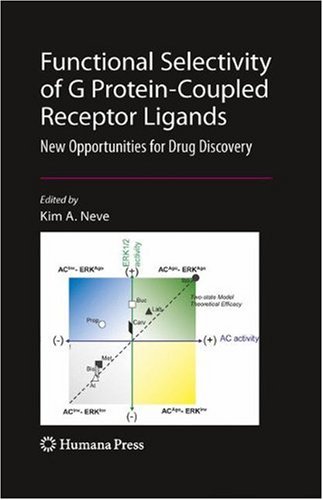

Most ebook files are in PDF format, so you can easily read them using various software such as Foxit Reader or directly on the Google Chrome browser.
Some ebook files are released by publishers in other formats such as .awz, .mobi, .epub, .fb2, etc. You may need to install specific software to read these formats on mobile/PC, such as Calibre.
Please read the tutorial at this link: https://ebookbell.com/faq
We offer FREE conversion to the popular formats you request; however, this may take some time. Therefore, right after payment, please email us, and we will try to provide the service as quickly as possible.
For some exceptional file formats or broken links (if any), please refrain from opening any disputes. Instead, email us first, and we will try to assist within a maximum of 6 hours.
EbookBell Team

5.0
70 reviewsFunctional selectivity refers to the ability of different ligands acting at one receptor subtype to activate multiple signaling pathways in unique combinations; that is, one drug can be an agonist at pathway A and an antagonist or partial agonist at pathway B, and another drug can have the reverse profile. Functional selectivity has profound implications for drug development, for chemical biology, and for the design of experiments to characterize receptor function. In Functional Selectivity of G Protein-Coupled Receptors expert neuroscientists and pharmacologists review the work that demonstrated the existence of functional selectivity, placed it within a theoretical framework, and provided a mechanistic basis for the phenomenon. This exciting, comprehensive, and future-oriented volume includes chapters that focus on theoretical and mechanistic aspects of functional selectivity and that cut across subfamilies of GPCRs. Additional chapters focus on subfamilies of therapeutically relevant receptors where there is considerable evidence of ligand functional selectivity. Accessible and authoritative, Functional Selectivity of G Protein-Coupled Receptors is a valuable educational tool and reference source for students and scientists interested in drug development, chemical biology, and GPCR function.